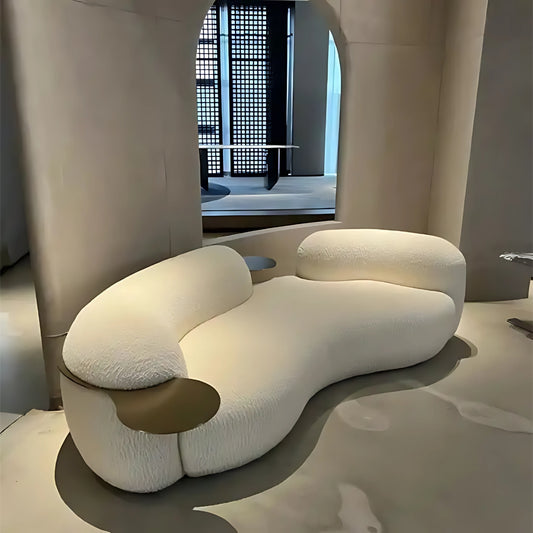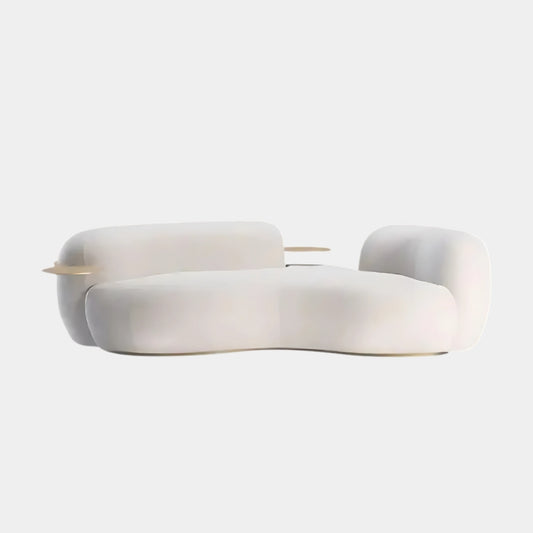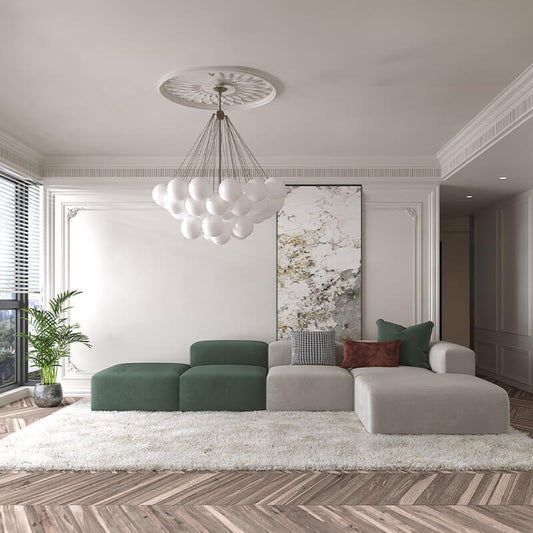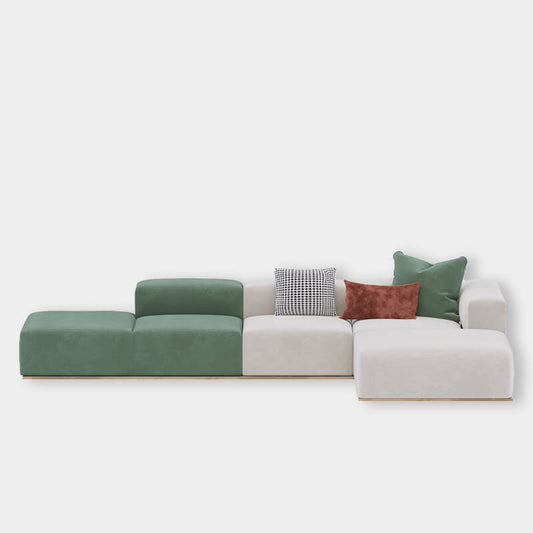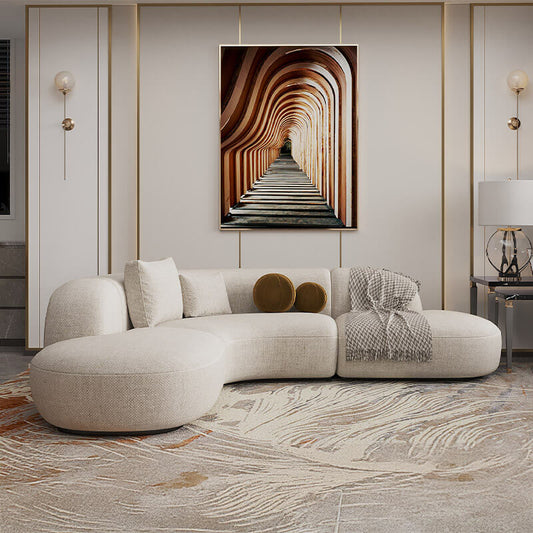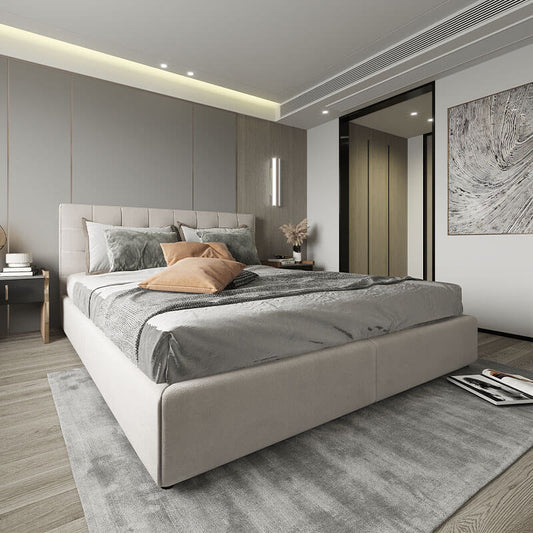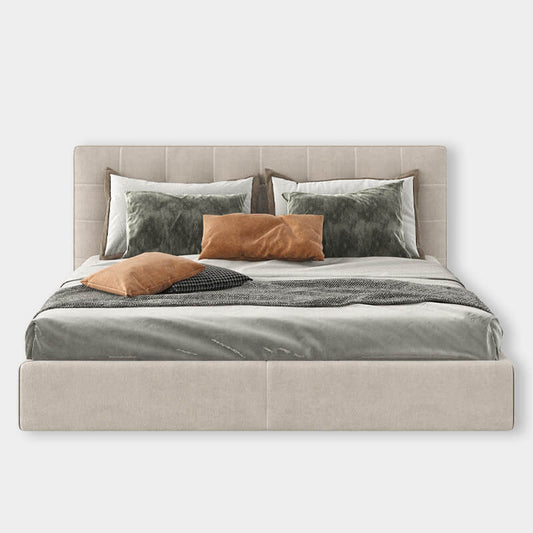Velvet upholstery fabric has long been a favorite for adding luxury and comfort to modern furniture. Its soft texture and rich colors bring elegance to any space, but with so many velvet types available, choosing the right one can be overwhelming. This guide covers the top 10 types of velvet upholstery fabrics, including their unique qualities, pros and cons, and best uses. You can easily calculate the prices for different fabrics also, using the home interior price calculator.
1. Cotton Velvet
- Description: Made from 100% cotton, this velvet is soft and natural with a classic appearance.
- Pros: Breathable, durable, and relatively affordable.
- Cons: Prone to creasing and may not be as stain-resistant as synthetic blends.
- Best For: Casual and classic furniture styles.
2. Silk Velvet
- Description: Luxurious and elegant, silk velvet has a glossy sheen and incredibly soft texture.
- Pros: Extremely soft, lightweight, and has a stunning shine.
- Cons: Very delicate, expensive, and requires professional cleaning.
- Best For: High-end, decorative furniture or accent pieces.
3. Mohair Velvet
- Description: Made from the wool of Angora goats, mohair velvet is strong and durable with a unique texture.
- Pros: Durable, flame-resistant, and has a slight sheen.
- Cons: Higher price and may feel less smooth than other velvets.
- Best For: High-traffic areas, commercial spaces, or family rooms.
4. Crushed Velvet
- Description: Crushed velvet is created by twisting the fabric while wet, resulting in a textured, shiny look.
- Pros: Unique visual texture, luxurious shine, and versatile.
- Cons: Less durable than other velvets and can show wear.
- Best For: Glamorous or statement furniture pieces.
5. Polyester Velvet
- Description: A synthetic velvet made from polyester fibers, offering a durable and stain-resistant option.
- Pros: Affordable, stain-resistant, and easier to clean.
- Cons: May lack the same softness or sheen as natural velvet.
- Best For: Everyday furniture in high-traffic or family-friendly spaces.
6. Linen Velvet
- Description: Linen velvet combines the natural beauty of linen with the luxurious texture of velvet.
- Pros: Natural, breathable, and has a sophisticated matte finish.
- Cons: Less soft than other velvets and may wrinkle more easily.
- Best For: Casual or vintage-inspired furniture.
7. Rayon (Viscose) Velvet
- Description: Made from cellulose fibers, rayon velvet has a soft texture and a luxurious look similar to silk.
- Pros: Soft, shiny, and more affordable than silk velvet.
- Cons: Prone to crushing and may require special care.
- Best For: Accent furniture or low-traffic areas.
8. Stretch Velvet
- Description: Stretch velvet includes a small amount of spandex, giving it elasticity and flexibility.
- Pros: Durable, flexible, and wrinkle-resistant.
- Cons: Less luxurious feel and sheen than non-stretch velvets.
- Best For: Furniture with curved shapes or where comfort is a priority.
9. Embossed Velvet
- Description: Embossed velvet features patterns or designs imprinted into the fabric, adding a decorative element.
- Pros: Unique patterns and textures, highly decorative.
- Cons: Patterns can wear over time, and it may require special care.
- Best For: Accent chairs, ottomans, or statement pieces.
10. Velveteen
- Description: Velveteen has a shorter pile and is often made from cotton, giving it a denser feel.
- Pros: Durable, with a rich texture and more matte finish.
- Cons: Not as soft or shiny as traditional velvet.
- Best For: Casual or rustic furniture styles.
Comparison of the Top Velvet Types
| Velvet Type | Softness | Durability | Price Range | Best For |
|---|---|---|---|---|
| Cotton Velvet | Medium | Medium-High | Medium | Everyday furniture, classic styles |
| Silk Velvet | Very High | Low | Very High | Decorative pieces, luxury furniture |
| Mohair Velvet | Medium | Very High | High | High-traffic, family rooms |
| Crushed Velvet | High | Medium | Medium | Statement furniture |
| Polyester Velvet | Medium | High | Low | Family-friendly, high-traffic areas |
| Linen Velvet | Medium | Medium | Medium | Casual, vintage furniture |
| Rayon Velvet | High | Low-Medium | Medium | Accent furniture, low-traffic areas |
| Stretch Velvet | Medium | High | Low-Medium | Curved or flexible furniture designs |
| Embossed Velvet | Medium | Medium | High | Decorative accent pieces |
| Velveteen | Low-Medium | High | Low-Medium | Rustic or casual furniture |





